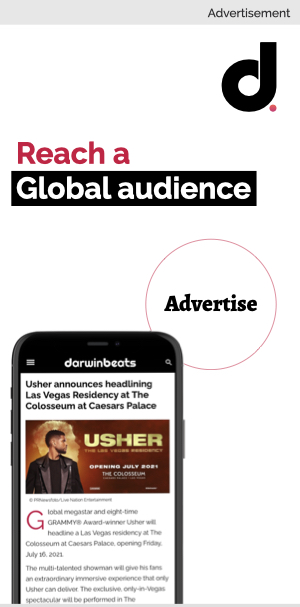The power of influencers and why brands need to go micro and macro

The undeniable power of influencers has challenged the status quo over the past several years, and brands need to walk a fine line to get their strategy right for long-term success.
It’s no secret that music stars and social influencers can command big brand deals and reach millions of internet users, but it’s not just about numbers and likes that will get a brand noticed. With so much noise in the digital space, music artists are competing for attention at a global scale, and therefore there are diminishing returns for large-scale campaigns that try to hit the widest possible audience. With falling attention windows, brands that look to work with influencers need to consider two approaches. One, is the awareness element, where there is a requirement to reach a large group of people. And the second, going niche to get the product message across at a much deeper level to the consumer.
These two strategies are paramount if companies want to successfully generate product sales. Macro influencers with large audiences are ideal for awareness and creating trends around topics, but converting those un-targeted users is more difficult. Whereas micro influencers with 10k or less followers tend to have a more loyal, closer connection with a core group of people, who can ultimately do the brand advocacy for a product. This means that combining the two becomes important as brands need to demonstrate market viability while building the core brand awareness among the targeted groups of consumers that they classify as their ‘ideal buyers’.
Why do brands need to take this approach? Because likes and comments don’t sell. Therefore their marketing needs to go much deeper, and they need to have relatable brand advocates who other consumers can access and talk to. By doing so, micro influencers are in fact the real game changers for many businesses that get this balance right. Ultimately the traditional ‘word of mouth’ is what drives sales growth among core users that are talking to each other about a product. The big awareness component is merely to fuel that brand conversation and expand it within those groups of core consumers.
